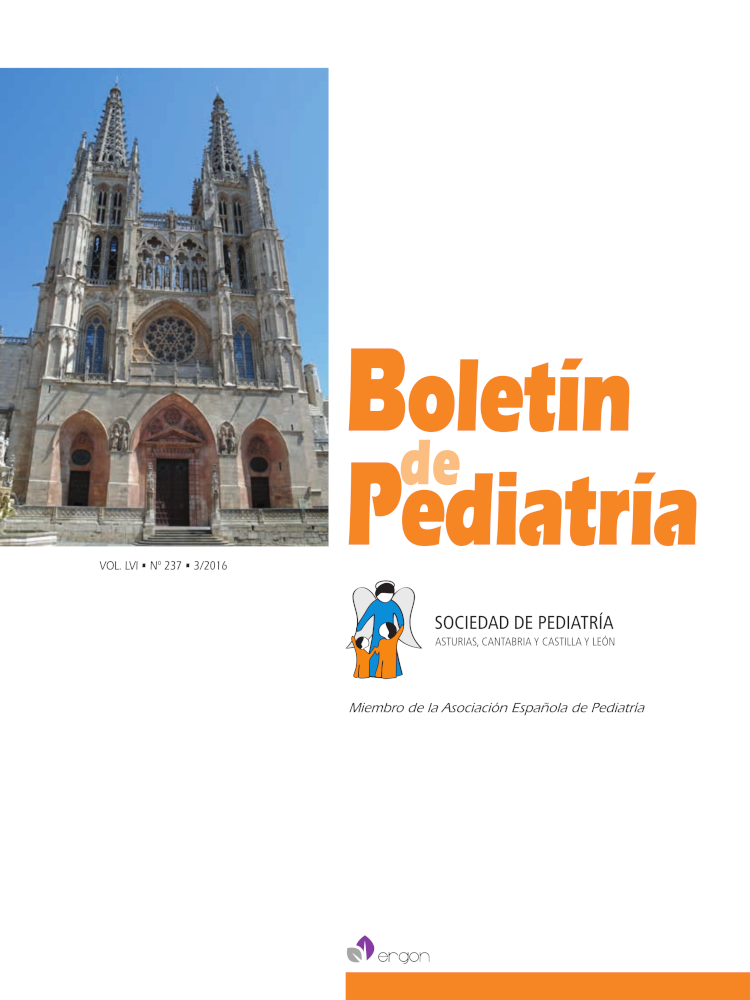Abstract
Neuroblastoma (NB) is an extracranial solid brain tumor found most frequently during childhood. It represents 7% of the pediatric cancers. It originates in the neural crest and
can appear in any part of the anatomy along the ganglionic sympathetic chain, as well as in the adrenal gland. 90% of cases occur en children under the age of 5. It presents a broad spectrum of behavior. Studies have shown orbital metastases in 10-20% of cases. Proptosis and ecchymosis periorbitary are considered two classic signs of neuroblastoma in children.
We are presenting a case of a 4 year old female patient with metastatic neuroblastoma that manifested like a proptosis of short evolution to its diagnosis, without any other type
of symtomatololgy or findings in the physical exploration. After complementary tests she was diagnosed with stage IV neuroblastoma in the INSS (The International Neuroblastoma
Staying System). The primary tumor was not located. Complete remission was obtained using induction chemotherapy, conditioning therapy and autologous hematopoietic
progenitors transplant. After immunotherapy negative residual disease was maintained. We would like to highlight the importance of early diagnosis in this pathology facing the patient’s survival and must always consider the NB diagnosis when an exophthalmos
presents in a previously healthy patient. Treatment in patients with high risk neuroblastoma is multimodal, having improved the prognosis by using a combination of immunotherapy, 13-cis-retinoic acid and the autologous bone marrow transplant.

This work is licensed under a Creative Commons Attribution-NonCommercial 4.0 International License.
Copyright (c) 2016 Boletín de Pediatría
